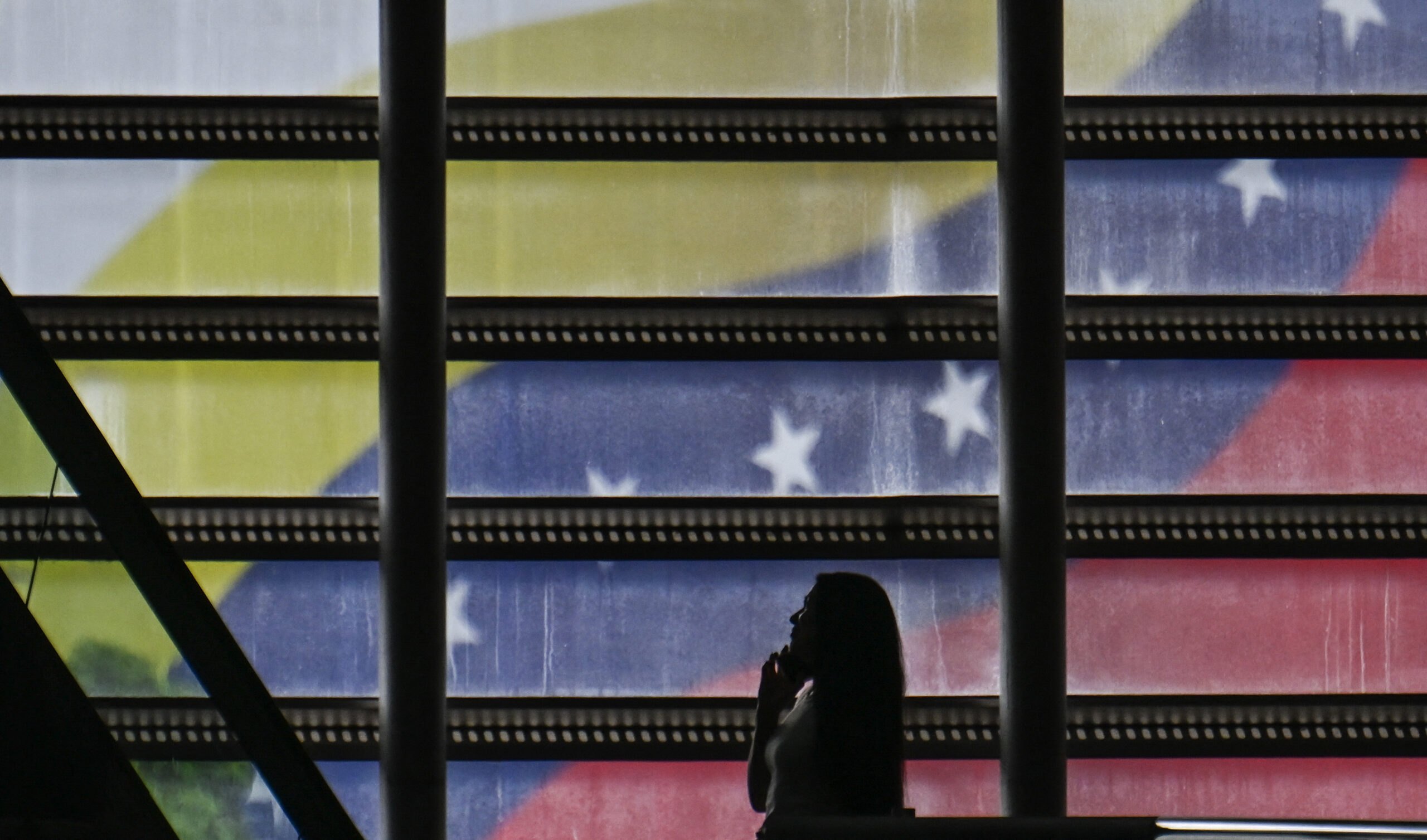Why China Is Behind Fresh U.S. Moves In Latin America
Why China Is Behind Fresh U.S. Moves In Latin America
"The Administration suddenly realizes there is now an economic power broker element in Latin America," points out AS/COA’s Christopher Sabatini on Vicepresident Joe Biden’s trip to the region.
U.S. Vice President Joe Biden will visit Colombia, Brazil, Trinidad and Tobago next week. President Obama already swung through Mexico and Costa Rica this month and next month Obama will host the presidents of Chile and Peru at the White House.
Has the Obama Administration finally discovered Latin America and the Caribbean? After a first term marked largely by indifference to the region, is the U.S. poised for what Biden is calling “the most active stretch of high-level engagement on Latin America in a long, long time” – one that could also be a boon to Miami’s economy? If so, there’s probably one word that sums up Washington’s sudden interest in the world to the south, and it’s located in the far east:
China.
Make no mistake, the U.S. is still Latin America’s chief trading partner. In fact, total commerce between the two hit a record trillion dollars last year. Still, after a decade of economic boom in Latin America, U.S. influence in the western hemisphere is in serious decline – and China, the U.S.'s biggest economic rival, has been eager to fill the void.
In 2000, for example, China’s trade with Latin America was less than $10 billion; today it tops $200 billion, according to Beijing, and China’s investment in the region is burgeoning as well. For Washington’s part, business with Latin America and the Caribbean as a share of total U.S. trade has actually dropped over the past decade….
“The Administration suddenly realizes there is now an economic power broker element in Latin America,” says Christopher Sabatini, senior director of policy and the Americas Society and Council of the Americas in New York….








